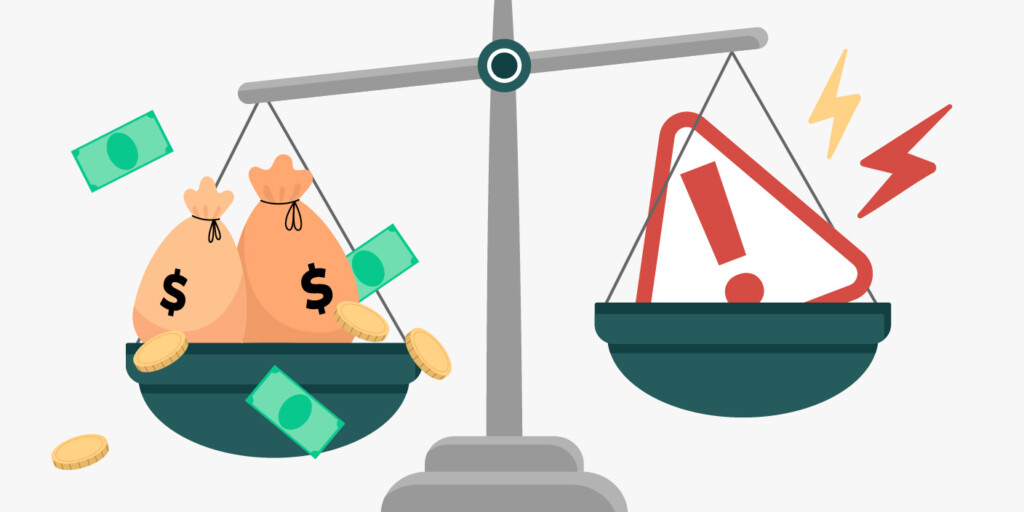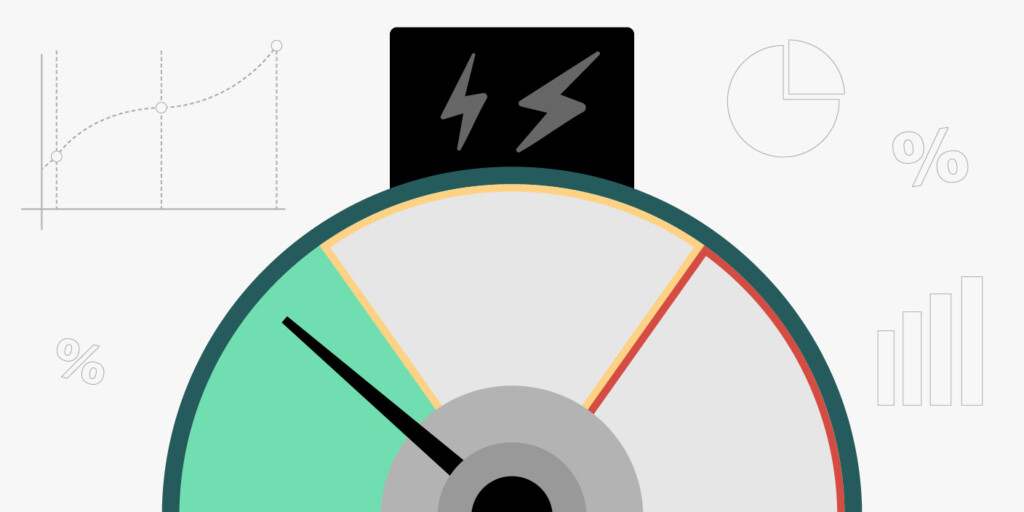

Any investment activity includes risks. However, the degree of it determines investors’ chances for profit. It’s a well-known fact that low risks go hand in hand with low gains, while high stakes may bring higher income. The challenge is to determine the differences between low-risk and high-risk investments, as many financial instruments can qualify as risky and risk-averse. What is the most profitable low-risk investment? How to distinguish between high and low risks? Let’s find out.
How to measure risks?

Interestingly, it’s believed that the Code of Hammurabi described a legal framework for investment around 1700 B.C.
Still, there are issues when identifying the degree of risk. There are a few ways to measure investment risks, including standard deviation, value at risk, Sharpe ratio, and beta. However, these methods mainly relate to the stock market. What should an investor do when measuring risks for the cryptocurrency market? How do you measure risks to make an investment portfolio with various assets?
There is no general formula that would allow investors to calculate risks. Still, there are points most investors rely on. These are volatility and the probability of an asset experiencing a below-expectation performance.
Volatility
Volatility reflects how often a given price varies over a specific period. The high volatility risks arise from the increased number of possible outcomes, making it harder to determine the chances for potential rewards. Even a newbie investor can distinguish between high and low-volatile assets.
The number of outcomes raises the number of both positive and negative results and doesn’t necessarily state their proportion. Therefore, the pitfall of volatility is that its degree doesn’t reflect the probability of a loss.
The probability of a below-expectation performance
Investors may outcome the volatility pitfall with another metric, the possibility of a below-expectation performance. For instance, if you invest in a stock and expect it to rise by 10% but it fails, the return below 10% is the investment risk, while the percentage of the income doesn’t matter.
Low-risk investments

Low-risk investments are those investments that bear a lower risk of loss and a lower amount of income. When putting funds in low-risk instruments, investors either reduce risks in terms of the invested amount or the importance of the investments for the overall portfolio.
Usually, investors consider low-risk investments to protect themselves against the possibility of loss and the loss being devastating. Low-risk investments can be used by those who want to make money work but with limited risks or those looking to diversify their portfolios and hedge investment risks.
What is the best low-risk investment?
There is no best low-risk investment as no financial instrument can guarantee income and lack of losses. Still, some assets are mainly used to reduce the degree of risk.
- Corporate bonds. These are bonds issued by reliable, high-performing companies, the same as blue-chip stocks.
- Preferred stocks. These are stocks that include features of bonds. Investors can gain from the appreciation of common stocks and receive dependable bond payments.
- Index funds. Index funds allow their clients to invest in numerous instruments at once. Although index funds don’t include only low-risk assets, they have a well-balanced portfolio.
It’s worth remembering that any instrument has subcategories that also vary in the level of risk.

High-risk investments

High-risk investments may bring higher income but may increase risks. Investors choose assets with a high level of risk when they want to get income fast or build a long-term portfolio but with significant rewards. Higher risk is reflected in a higher possibility of loss or its considerable effect on the overall portfolio. There is no specific percentage that would classify risks. However, usually, even 50% risk is considered high.
What is the best high-risk investment?
The same as with low-risk investments; there are no perfect high-risk instruments. However, some of them outperform others:
- Cryptocurrencies. Due to the lack of regulation, cryptocurrencies remain highly volatile and risky assets that can bring significant rewards and enormous risks.
- Stocks. In general, the stock market is considered risky. However, while preferred stocks can be low-risk assets, penny stocks are assets with high risks.
- Real estate. Surprisingly, real estate investments can also be risky and bring considerable rewards.
Low vs. high-risk investments: which should I choose?
Instead of choosing between low and high-risk investments, it’s worth combining them. High-risk investments may increase your income, while low-risk investments may reduce potential risks. However, you should do a comprehensive analysis before choosing assets for your portfolio, as even financial instruments from the same asset class can differ in the level of risk.
Sources:
Low-Risk vs. High-Risk Investments: What’s the Difference?, Investopedia
8 High-Risk Investments That Could Double Your Money, Investopedia
7 Best Low-Risk Investments Right Now, Forbes









